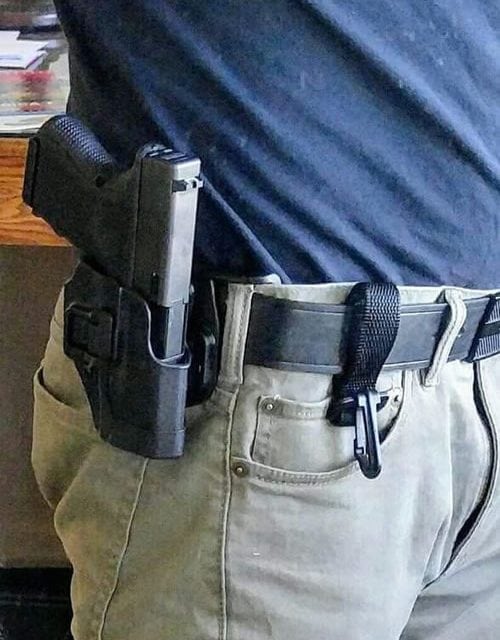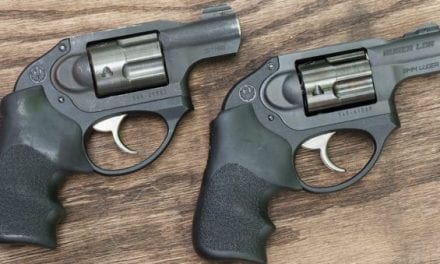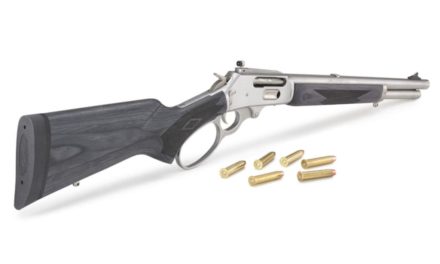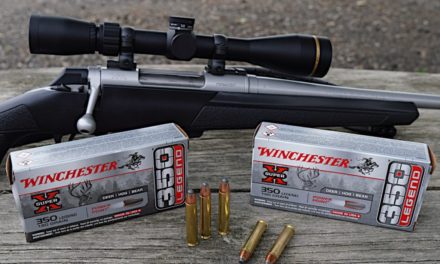By Robert Cardente
Special to Outdoor Enthusiast Lifestyle Magazine
I have been teaching pistol permit qualification classes for many years, and I am always amazed by the number of students who take these classes but don’t own a holster. The second thing I have noticed is that some of the students who have purchased holsters do not train regularly with them.
If your goal is to carry a gun, (notice I didn’t say weapon) for lawful self-defense, then you should be training regularly with the holster you intend to use. Just as a carpenter goes to work with his tools in a tool box, your holster is an essential part of your equipment to carry your gun.
I am often asked, “What kind of holster should I buy?” The answer to that can be complex depending on where you plan on wearing your holster, the size of the gun you plan on carrying, the number of retention devices you may or may not want, and so on. As a side note, I always recommend at least one retention device for a number of reasons.
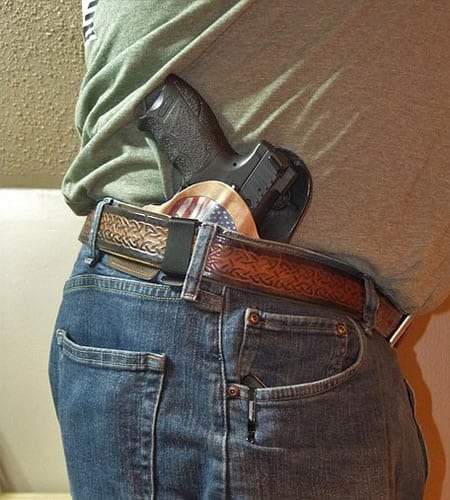
Concealment and the ability to access your gun are just as important, so these are all factors that need to be thought of in advance. You have to run though a checklist and consider your overall style of dress, the environment you are carrying in, even the type of weather present. Think about this situation from another person’s perspective: if it’s 90 degrees out and you are wearing a baggy sweatshirt or shorts and a sports coat… that may raise suspicion from the general public.
I warn my students that I have found myself buying more holsters than guns over the years until I finally found the right fit. That shouldn’t discourage you from purchasing a holster; it should just prepare you for the journey.
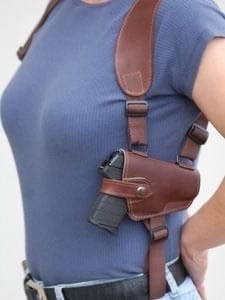 After you have decided where you are going to position your holster, (example, inside the waistband, shoulder holster, outside the waistband, etc.), it is imperative that you train with it. I often say “Practice doesn’t make perfect, perfect practice makes perfect!”
After you have decided where you are going to position your holster, (example, inside the waistband, shoulder holster, outside the waistband, etc.), it is imperative that you train with it. I often say “Practice doesn’t make perfect, perfect practice makes perfect!”
Learn the proper drawing technique and practice it perfectly each time. Whether I am teaching law-abiding citizens, police recruits, or law enforcement, I remind them if their draw is sloppy, it takes valuable time away from getting your gun out of the holster, getting your sights on target, and getting your rounds off quickly and accurately. Those valuable seconds could mean the difference between life and death.
I teach the draw in a five-step process and go by the numbers at first until it becomes one fluid drawing motion. From there, I have my students work on the draw and add live fire drills that focus on center-mass of the threat. After they have mastered a smooth drawing technique that is done with a sense of urgency and they are getting their rounds off quickly and effectively, I then introduce drawing from concealment.
Finally, you cannot overlook the proper way to holster your gun, working in steps until it becomes a fluid motion. This can be more of challenge when holstering with clothing that is intended to conceal your firearm. My main focus is to remind the students, “If you are holstering, you have determined the threat has ceased, so holster in a safe and effective manner!”
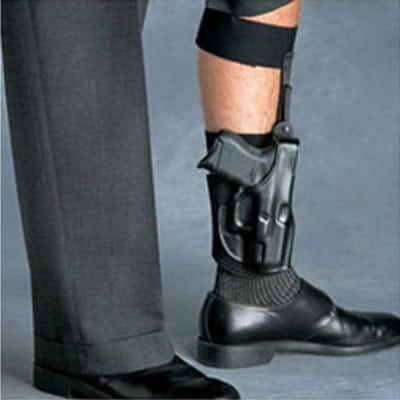
All too often I see students and even law enforcement officers in a rush to holster and they either can’t find their holster without looking or they get their clothing stuck in the holster. I also recommend never wearing any type of clothing with strings on the side; you don’t want them to get caught up on the trigger when drawing or holstering.
Ultimately, the key in training with your holster is to be patient, find a holster that works for you, and practice the draw often. Even if your range does not allow you to draw your gun from a holster, the skill can still be practiced at home with an unloaded gun in a safe environment. That will increase your ability to draw your gun smoothly and effectively under stress. And remember, “Practice doesn’t make perfect, perfect practice makes perfect!
***
Robert Cardente is an FBI Certified Firearms Instructor, NRA Training Counselor, and Use of Force Instructor

